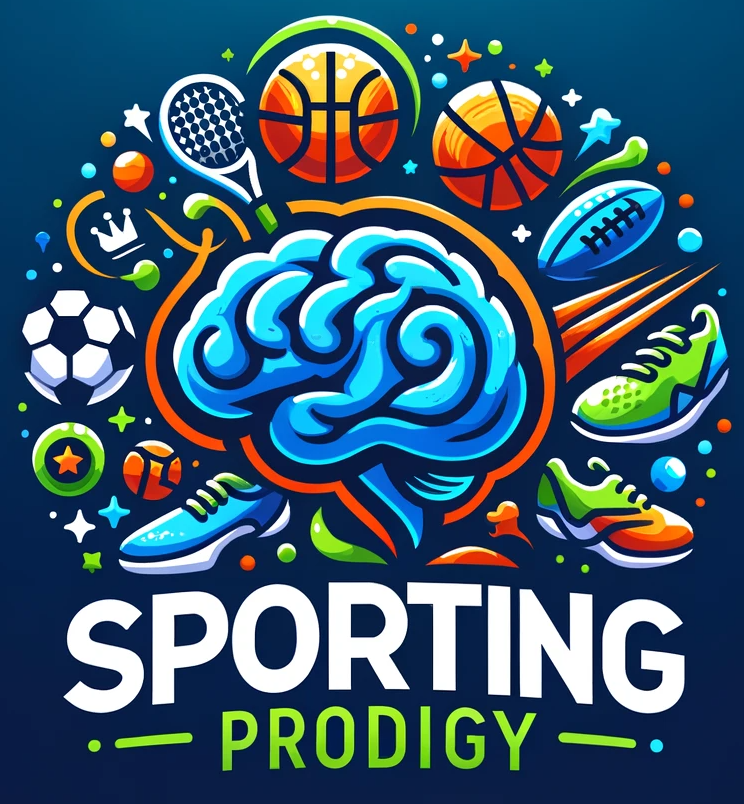Cognitive-Experiential Self-Theory (CEST), developed by Seymour Epstein, offers a dual-process model of human behavior and information processing, comprising the rational and experiential systems. For teenage athletes, this theory can significantly influence their performance, self-perception, and emotional responses. Coaches, who are pivotal in shaping young athletes’ careers, can benefit from understanding and applying CEST to enhance performance and address underlying issues.
Cognitive-Experiential Self-Theory Explained
CEST posits two parallel, interacting systems:
- Rational System: This system is analytical, logical, and relies on conscious reasoning. It processes information deliberately and systematically.
- Experiential System: This system is automatic, intuitive, and emotion-driven. It is influenced by personal experiences and operates quickly and effortlessly.
For teenage athletes, balancing these systems can be challenging due to their ongoing cognitive and emotional development. Performance issues often arise when there is an imbalance or conflict between these systems.
Impact of CEST on Teenage Athletes
Understanding CEST can help coaches recognize how cognitive and emotional factors influence an athlete’s performance. Key impacts include:
- Decision-Making: Athletes might rely too heavily on the experiential system under pressure, leading to impulsive decisions.
- Emotional Regulation: Emotional responses can dominate, affecting focus and performance consistency.
- Self-Perception: Negative experiences can shape self-perception, influencing confidence and motivation.
- Stress and Anxiety: High-stress situations can trigger experiential responses, increasing anxiety and reducing performance.
Identifying CEST-Related Performance Issues
Coaches should look for specific signs to determine if CEST-related factors are affecting performance:
- Inconsistent Performance: Frequent fluctuations in performance may indicate emotional and cognitive conflicts.
- Emotional Outbursts: Overreactions to setbacks or criticism can signal an overactive experiential system.
- Decision-Making Errors: Poor decisions, especially under pressure, suggest reliance on the experiential system.
- Low Confidence and Self-Esteem: Persistent negative self-talk and low confidence may stem from past negative experiences.
Practical Strategies for Coaches
To help athletes balance their rational and experiential systems, coaches can implement the following strategies:
1. Building Awareness and Reflection
- Self-Monitoring: Encourage athletes to keep a journal of their thoughts and emotions during training and competition. This helps them become aware of how their experiential system influences their behavior.
- Reflection Sessions: After competitions or training, have structured reflection sessions where athletes analyze their performance, focusing on both successes and areas for improvement.
2. Enhancing Emotional Regulation
- Mindfulness and Relaxation Techniques: Teach athletes mindfulness practices and relaxation techniques such as deep breathing and progressive muscle relaxation to manage stress and anxiety.
- Emotional Labeling: Encourage athletes to identify and label their emotions, which can help shift processing from the experiential to the rational system.
3. Developing Decision-Making Skills
- Scenario Planning: Use scenario-based training to help athletes practice decision-making in controlled environments. This strengthens the rational system and prepares them for real-world situations.
- Pause and Reflect: Teach athletes to pause and reflect before making decisions, especially in high-pressure situations. This can help integrate rational thinking with experiential inputs.
4. Fostering Positive Self-Perception
- Positive Reinforcement: Regularly acknowledge and celebrate athletes’ efforts and achievements to build their confidence and reinforce positive self-perception.
- Constructive Feedback: Provide constructive feedback focused on specific behaviors and strategies rather than personal attributes. This helps athletes understand that performance can be improved through effort and practice.
5. Creating a Supportive Environment
- Team Cohesion: Foster a sense of team cohesion and support. A positive team environment can buffer against negative experiential influences and promote collective rational problem-solving.
- Open Communication: Maintain open lines of communication where athletes feel comfortable expressing their thoughts and emotions without fear of judgment.
Case Study: Applying CEST in Coaching
Consider a teenage basketball player, Alex, who struggles with performance anxiety during important games. Alex’s coach, aware of CEST principles, implements the following strategies:
- Self-Monitoring: Alex starts keeping a journal to track emotions and thoughts during practice and games.
- Mindfulness Training: The coach introduces mindfulness exercises to help Alex manage anxiety and stay present.
- Scenario-Based Training: The team practices high-pressure scenarios, allowing Alex to develop decision-making skills in a controlled setting.
- Positive Reinforcement: The coach consistently acknowledges Alex’s progress and effort, boosting his confidence.
- Open Communication: Regular one-on-one meetings provide Alex a safe space to discuss his feelings and concerns.
Over time, Alex becomes more aware of his emotional responses, learns to regulate anxiety, and makes better decisions under pressure. His performance improves, and he gains confidence in his abilities.
Conclusion
Cognitive-Experiential Self-Theory provides valuable insights into the interplay between cognitive and emotional processes in teenage athletes. By understanding and applying CEST principles, coaches can help athletes achieve a balance between their rational and experiential systems, leading to improved performance and overall well-being. Through awareness, emotional regulation, decision-making skills, positive reinforcement, and a supportive environment, coaches can address CEST-related performance issues and foster the development of resilient, confident athletes.
Additional Resources for Coaches
- Books:
- “Mindfulness for Athletes: Mind, Body, Spirit Training” by Amy Baltzell
- “The Champion’s Mind: How Great Athletes Think, Train, and Thrive” by Jim Afremow
- Online Courses:
- “Sport Psychology for Coaches” by Human Kinetics
- “Mental Skills Training for Sport” by The Open University
- Workshops and Seminars:
- Attend workshops on mindfulness, emotional intelligence, and sport psychology to gain deeper insights and practical tools for coaching teenage athletes.
By integrating these strategies and resources, coaches can create a holistic approach to developing young athletes, ensuring they thrive both on and off the field.

